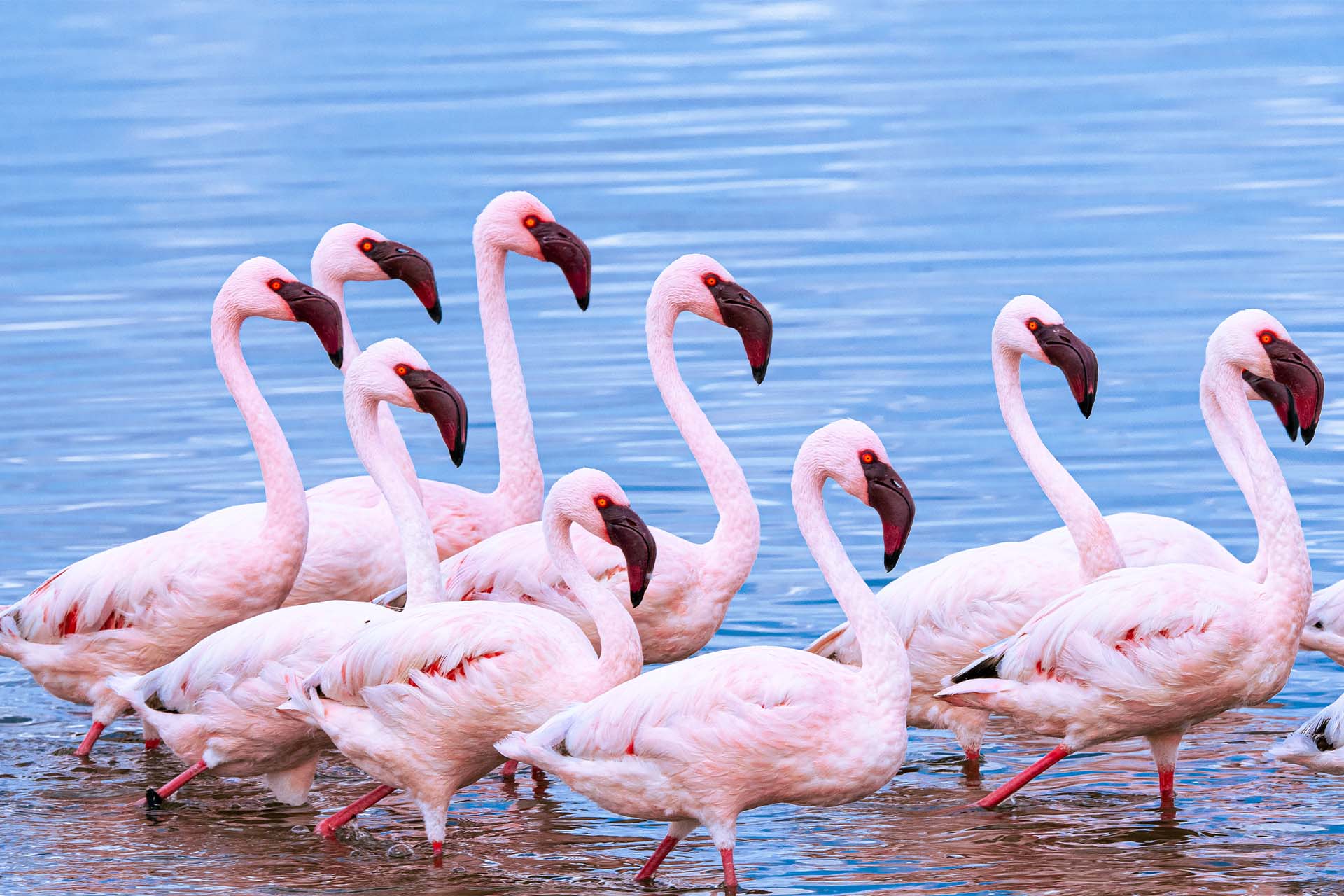Lake Manyara National Park
Lake Manyara National Park was gazette as a National park in 1960 and was declared as Man and Biosphere Reserve in 1981. The park has an area of 648.7 square kilometre (402 sq miles) of which 262.7 square kilometre (163 sq miles) is covered by lake and 386 square kilometres (240 sq miles) is dry land. The park delivered its name from a plant called Euphorbia tirucalli, known as Emanyara in Maasai language. The Maasai people use this plant to protect their bomas (hedge)
Climate
The rainfall pattern of the park is bi-modal with short rains starting from November to December and long rains from February to May, dry season is from late June to October, annual mean temperature is 26.5ºC, average temperature 11.34ºC and relative humidity ranges from 45% – 85%.
How to get there
By Road
The park is located in Northern Tanzania, 126 km west of Arusha town along the Makuyuni-Ngorongoro road, strategically located along the high way to Ngorongoro and Serengeti and is easily accessible by road.
By Air
Through charter or scheduled flights to Manyara and Kusini Airports.
Best time to visit
The park can be accessed throughout the year. However, June to October is the best time for large mammals and November to July is ideal time for bird watching.

